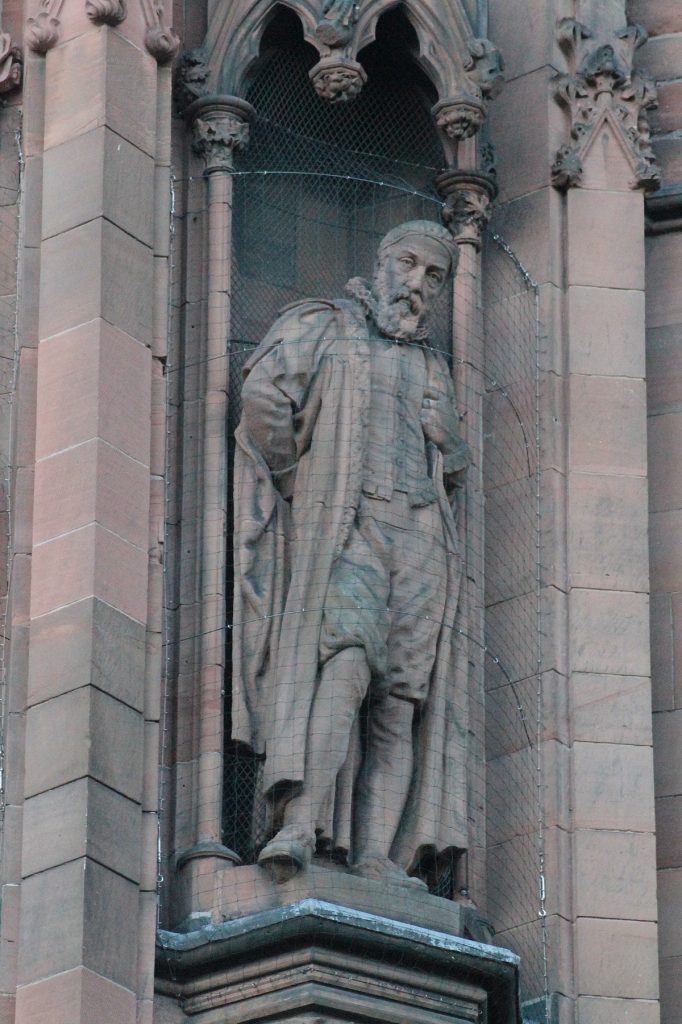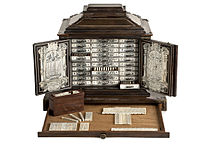
This year 2019 marks the 400th anniversary of the publication of Mirifici logarithmorum canonis constructio (Construction of a marvellous table of logarithms) by John Napier, the creator of Napierian logarithms.

John Napier, VIII Baron Merchiston, had published in Edinburgh in 1614 his Mirifici logarithmorum canonis descriptio (Description of a wonderful table of logarithms) where he introduced the concept of logarithm and its use to simplify tedious, but absolutely necessary for astronomy and navigation at the time, mathematical operations such as the product or quotient of numbers with many digits (see the post Logarithms and the drunken moose). This book, which took him more than twenty years to write, became one of the most influential mathematical books and was so widely distributed worldwide that, for example, barely a hundred years later, the first logarithm table was published in China (the article by Klaus Kühn Logarithms–a journey of their tables all over the world is very interesting).

After this publication, Napier set out to write another book to explain how he had done the calculations to make his table of logarithms, but he died before completing the task and it was his son Robert Napier who did so in 1619 under the full title Construction of a wonderful table of logarithms and their relation to the natural numbers, with an appendix on how to construct other and better types of logarithms, in addition to which there are propositions for solving spherical triangles together with notes by Henry Briggs.

Logarithms are undoubtedly his best-known invention and the one for which his name will be remembered, but Napier also invented two systems of mechanical calculation, published in 1617 in the book Rabdologiae, one using numbered rods, known as Napier’s Bones or Napier’s Abacus, and another using cards, called Promptuary (detailed descriptions in an article in the Matemoción section by Raúl Ibáñez and Marta Macho in Cuadernos de Cultura Científica and in another by Ángel Requena in his blog Mateturismo).

National Archaeological Museum (Madrid)
The news is that the best Napier’s Bones are in Spain. Our Museo Arqueológico Nacional treasures a wonderful cabinet made of rosewood with brass reinforcements and bone inlays that contains both systems and is unique in the world. It is thought likely that this cabinet originally belonged to the Academia de Matemáticas created by Philip II, from there it passed to the Royal Palace, where it is known to have been, then to the National Library and finally to the Archaeological Museum.
 The great irony is that Napier’s best Bones rest in Catholic Spain, his old theological enemy.
The great irony is that Napier’s best Bones rest in Catholic Spain, his old theological enemy.

Leave a Reply